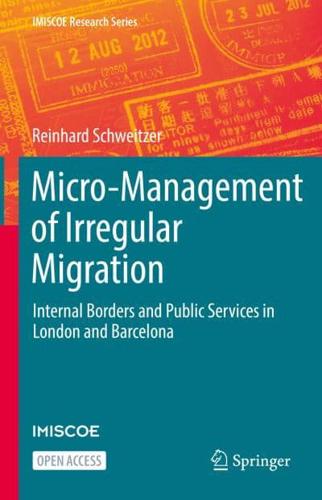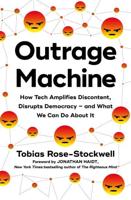Publisher's Synopsis
This open access book provides an analysis of the functioning, consequences and inherent limitations of internalised immigration control. By adopting the perspective of irregular residents as well as local service providers, the book sheds new light on the intricate mechanisms that either help or hinder the diffusion of immigration control into concrete institutional settings, like schools or hospitals. A simple and innovative analytical framework enables the systematic comparison of three different spheres of service provision across two distinct local as well as also national contexts. This is necessary to understand the complex interplay between formal law and policy, the intrinsic rules and logics operating within institutions, and the ethical or practical obligations and constraints attached to particular roles and professions. Based on empirical findings and rigorous analysis, the book argues that internalised control is part of the problem that irregular migration poses for society, rather than constituting a potential solution to it.












